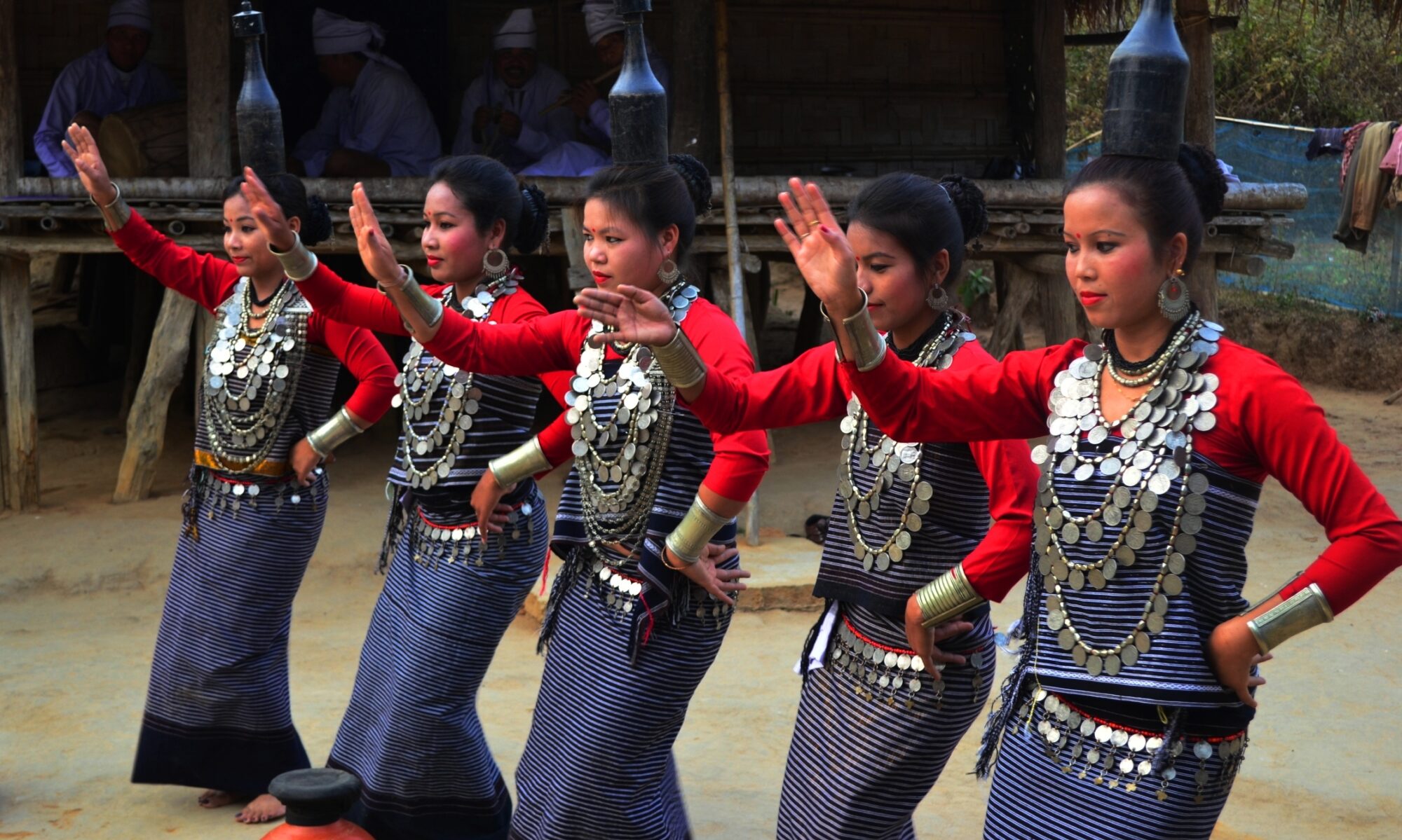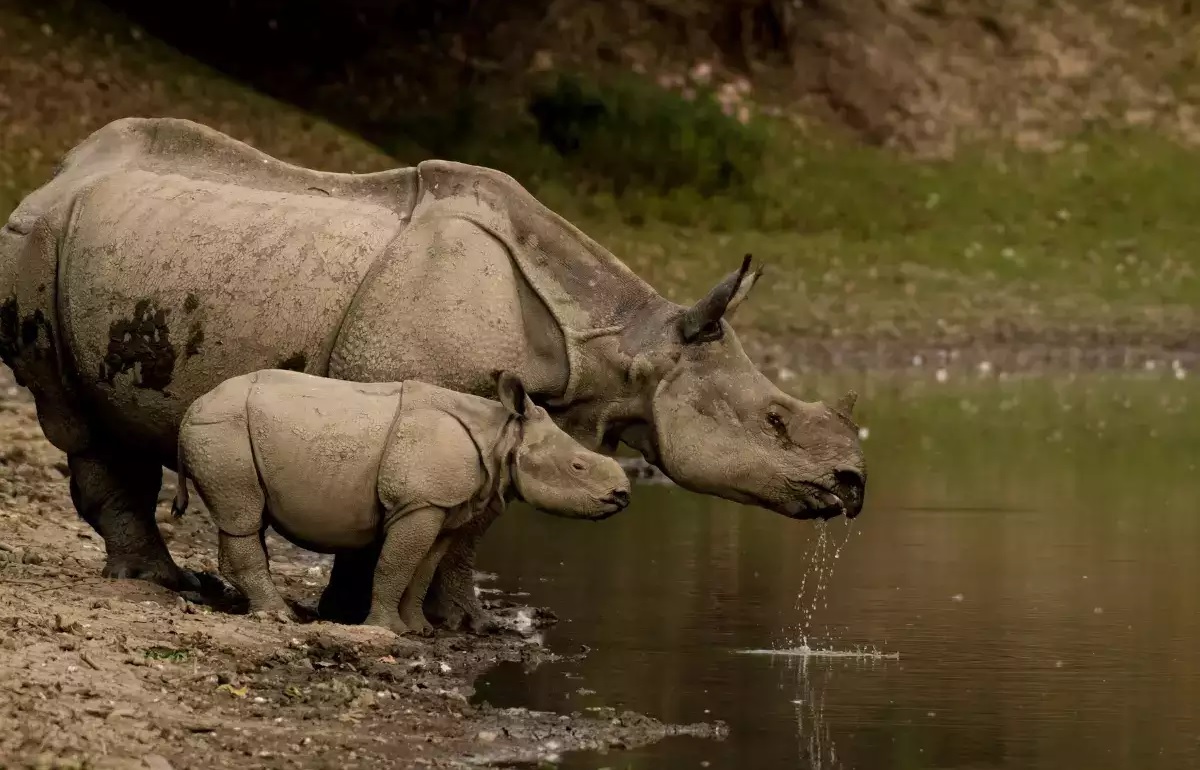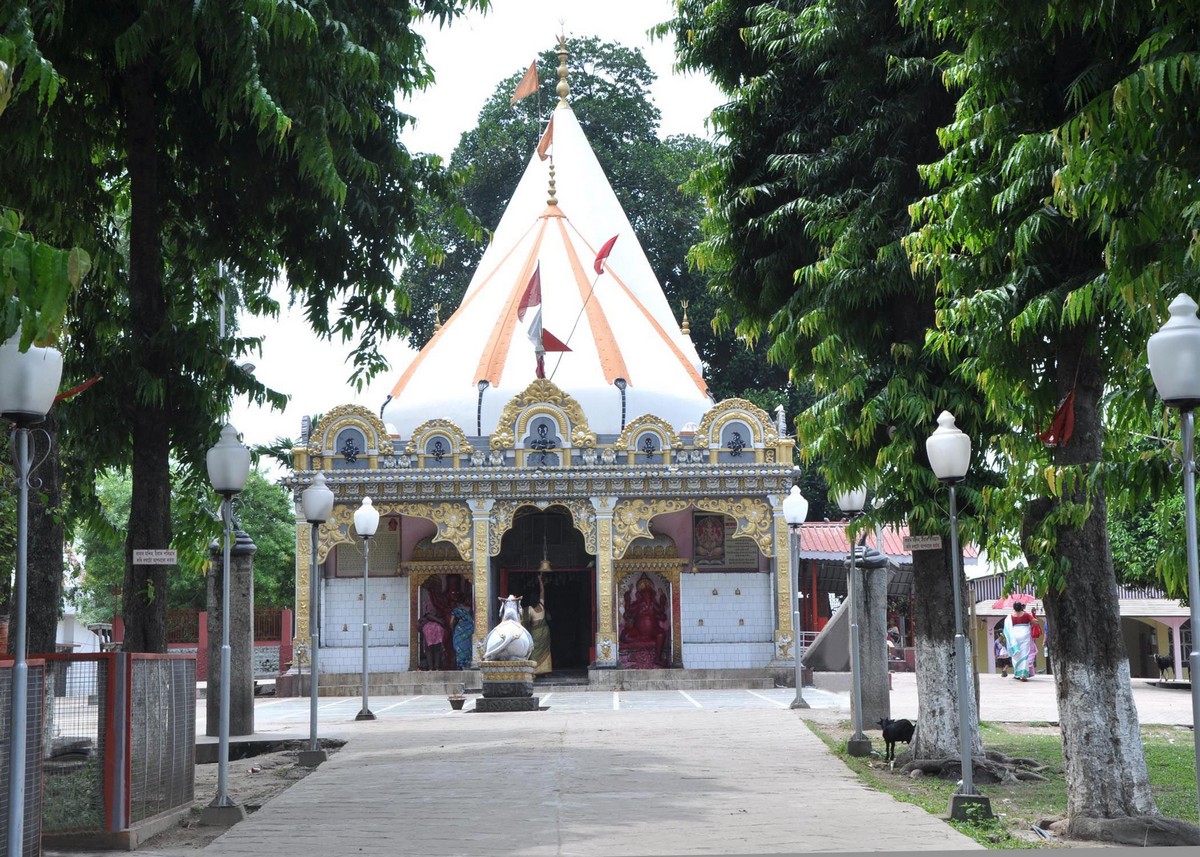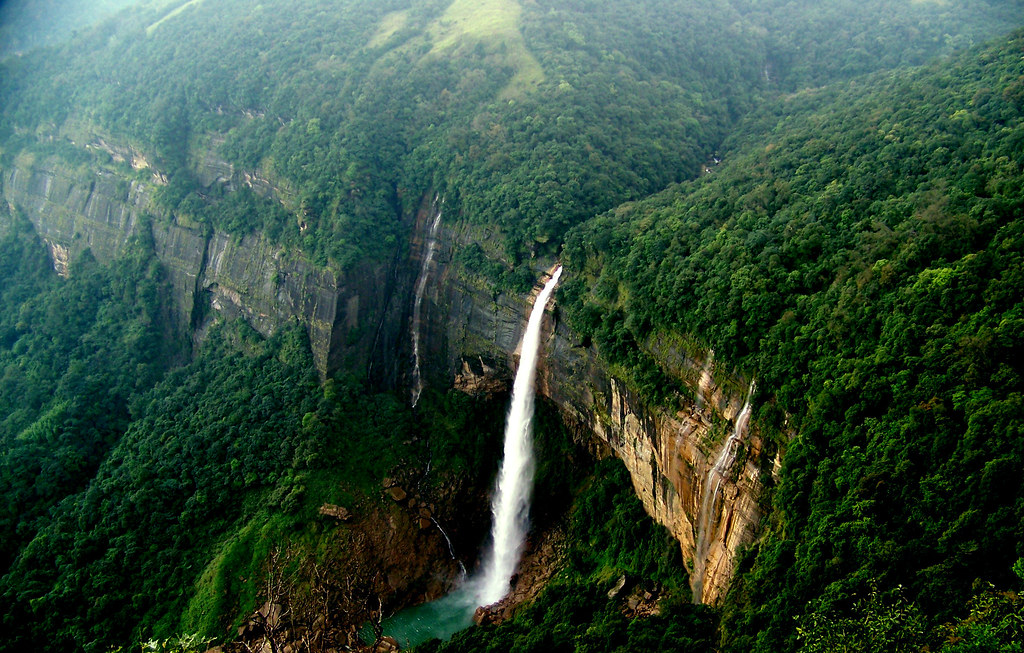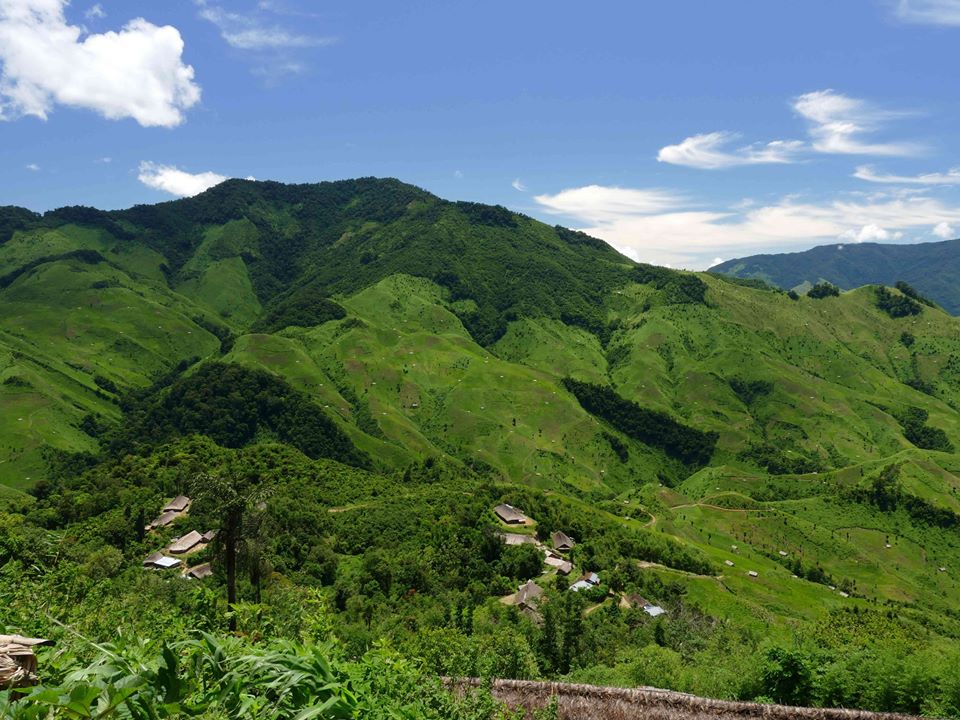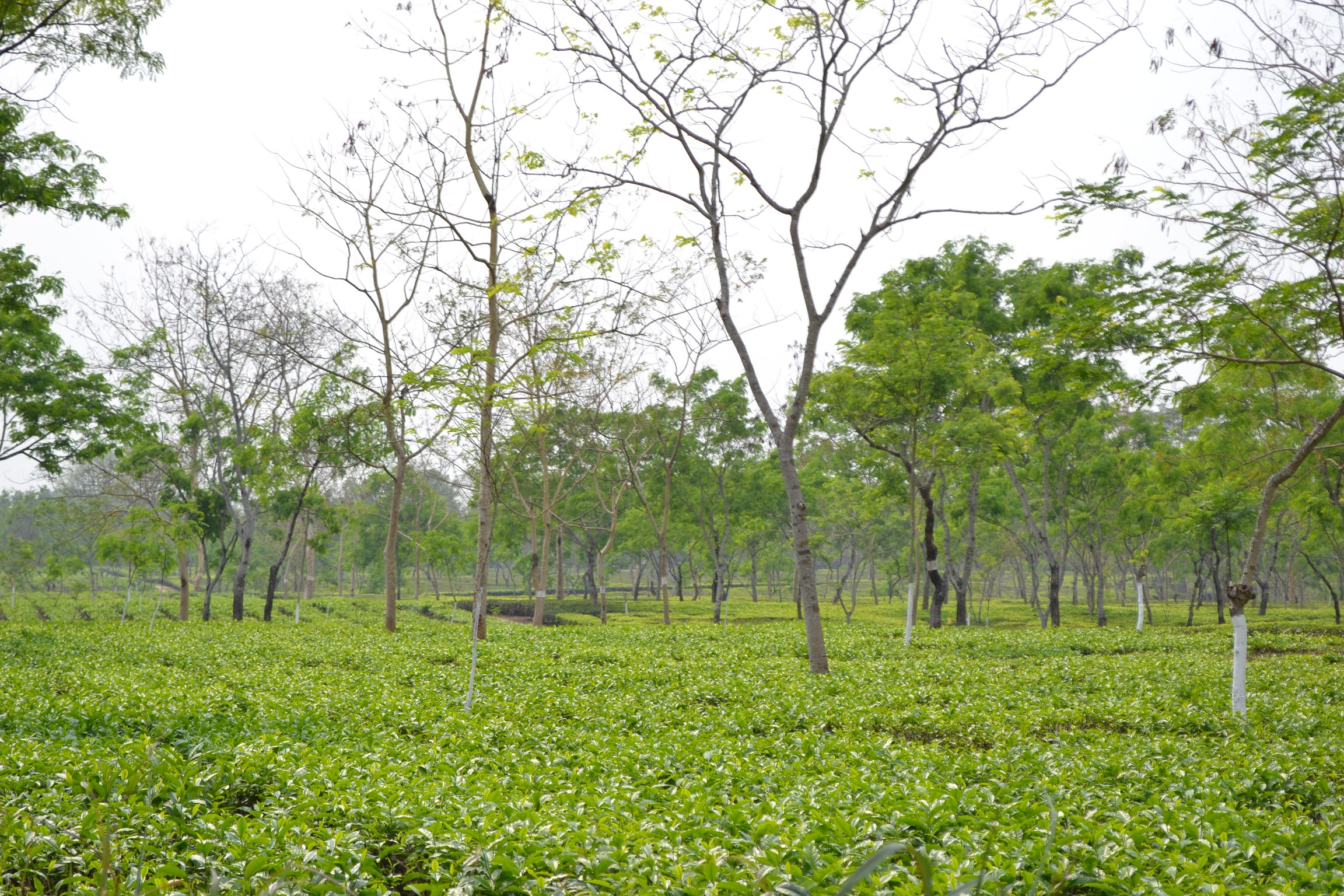About Kaziranga National Park Assam
Kaziranga National Park, situated in the Indian state of Assam, stands as a testament to the region’s rich biodiversity and commitment to conservation. Spanning across the floodplains of the Brahmaputra River, this UNESCO World Heritage Site is renowned for its significant population of the Indian one-horned rhinoceros. The park, sprawling over 1000 square kilometers, hosts an incredible variety of flora and fauna, including tigers, elephants, wild water buffaloes, and numerous species of birds. The unique wetland ecosystem and tall elephant grass provide a picturesque backdrop to the diverse wildlife. Additionally, the park actively engages in conservation efforts to protect endangered species, making Kaziranga a symbol of successful wildlife preservation in the northeastern part of India.
Location
Kaziranga National Park is situated in the northeastern state of Assam, India. Nestled along the southern banks of the mighty Brahmaputra River, the park covers a vast expanse of approximately 1085 square kilometers. Renowned for its remarkable biodiversity and, notably, as a UNESCO World Heritage Site, Kaziranga is a mosaic of wetlands, grasslands, and dense forests. The park is celebrated for being a critical habitat for the endangered Indian one-horned rhinoceros, as well as various other species such as tigers, elephants, wild water buffaloes, and a diverse array of birdlife. The lush landscapes of Kaziranga National Park make it a haven for nature enthusiasts and wildlife lovers, providing a unique opportunity to witness the beauty of the Assamese wilderness.
Best Time to Visit
The best time to visit Kaziranga National Park in Assam is during the winter months, from November to April. During this period, the weather is pleasant, and the park is open for visitors. The winter months, especially December and January, offer optimal conditions for wildlife sightings as the vegetation is less dense, and animals gather around water bodies. Additionally, the migratory birds, including the iconic one-horned rhinoceros, are easily spotted during this time. While the park is closed during the monsoon season (June to September) due to heavy rains and flooding, the post-monsoon and early winter months provide an ideal window for an immersive and rewarding wildlife experience in Kaziranga National Park.
How to Reach
To reach Kaziranga National Park in Assam, India, the most convenient way is to fly into Lokpriya Gopinath Bordoloi International Airport in Guwahati, which is approximately 217 kilometers away. From Guwahati, one can hire a taxi or take a bus to reach Kaziranga. Alternatively, the nearest railway station is Furkating Junction, around 75 kilometers away, connecting major cities in India. Regular bus services are available from nearby towns, and private cabs can be hired for a comfortable journey. The park is well-connected by road, and once in the vicinity, transportation options include jeeps and elephants for safari excursions within Kaziranga National Park.
Things to do
Embark on exhilarating jeep safaris or elephant rides through the park’s diverse landscapes to witness the majestic one-horned rhinoceros, Bengal tigers, wild elephants, and an array of bird species in their natural habitat. The park is a haven for birdwatchers, with numerous migratory and resident birds gracing its wetlands. Take a stroll along the nature trails to absorb the serenity of the lush surroundings or engage in a boat safari on the Brahmaputra River for a unique perspective of the park’s biodiversity. Additionally, Kaziranga’s various watchtowers provide excellent vantage points for observing the thriving wildlife, making it a must-visit destination for an immersive and unforgettable wildlife experience in the heart of Assam.
FAQs
Q: What wildlife species can be spotted in Kaziranga National Park, Assam?
A: Kaziranga is renowned for its diverse fauna, including the iconic one-horned rhinoceros, Bengal tigers, wild elephants, and a rich variety of bird species such as the Great Indian Hornbill.
Q: When is the best time to visit Kaziranga National Park?
A: The park is open from November to April, with the peak wildlife-viewing season being from December to February when the weather is cool and dry.
Q: How can I explore Kaziranga National Park?
A: Visitors can opt for jeep safaris, elephant rides, or boat safaris to explore the different zones of the park and witness its varied ecosystems.
Q: Are accommodations available inside Kaziranga National Park?
A: Yes, there are various accommodations ranging from government-run lodges to private resorts in and around the park.
Q: What is the best way to reach Kaziranga National Park from Guwahati?
A: The park is approximately 200 kilometers from Guwahati, and the most convenient way to reach is by road. It takes around 5-6 hours by car.
Q: Are there any restrictions for visitors in Kaziranga National Park?
A: Yes, visitors are required to follow park regulations, and certain zones may have restricted access to protect the wildlife.
Q: Can I book safari tickets in advance for Kaziranga National Park?
A: Yes, it is advisable to book safari tickets in advance, especially during the peak season, to secure your preferred safari timing and zone.
Q: What safety precautions should be taken during a safari in Kaziranga?
A: Visitors should strictly adhere to the guidelines provided by park authorities, maintain a safe distance from wildlife, and follow the instructions of the safari guides.
Q: Is birdwatching popular in Kaziranga National Park?
A: Absolutely. Kaziranga is a paradise for birdwatchers, with over 500 bird species, including migratory birds, making it a haven for birdwatching enthusiasts.
Q: Are there any cultural experiences near Kaziranga National Park?
A: Yes, visitors can explore the cultural richness of Assam by visiting nearby villages, witnessing traditional dance performances, and experiencing the local cuisine.
